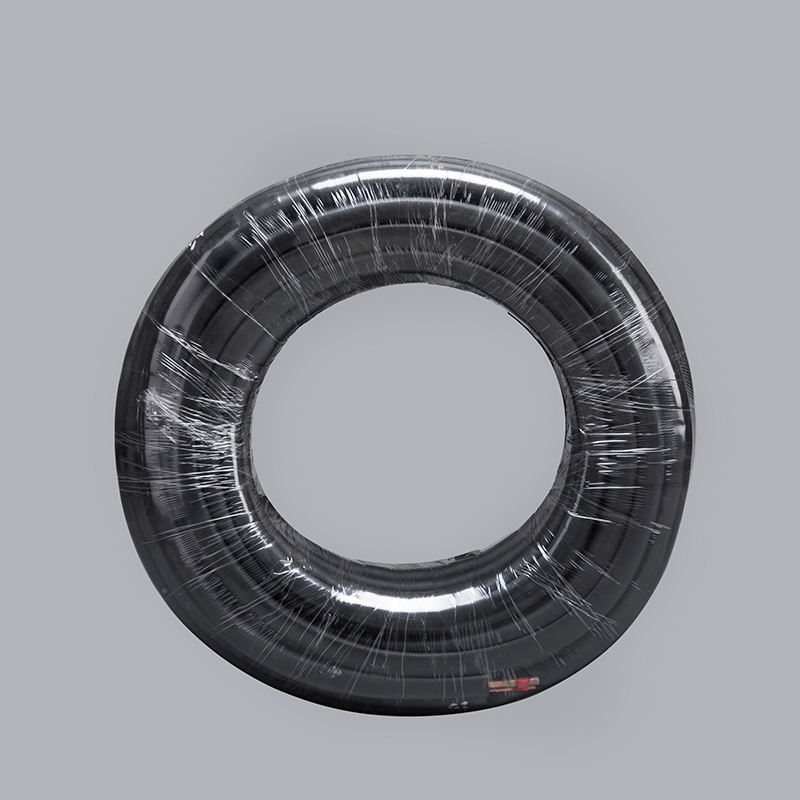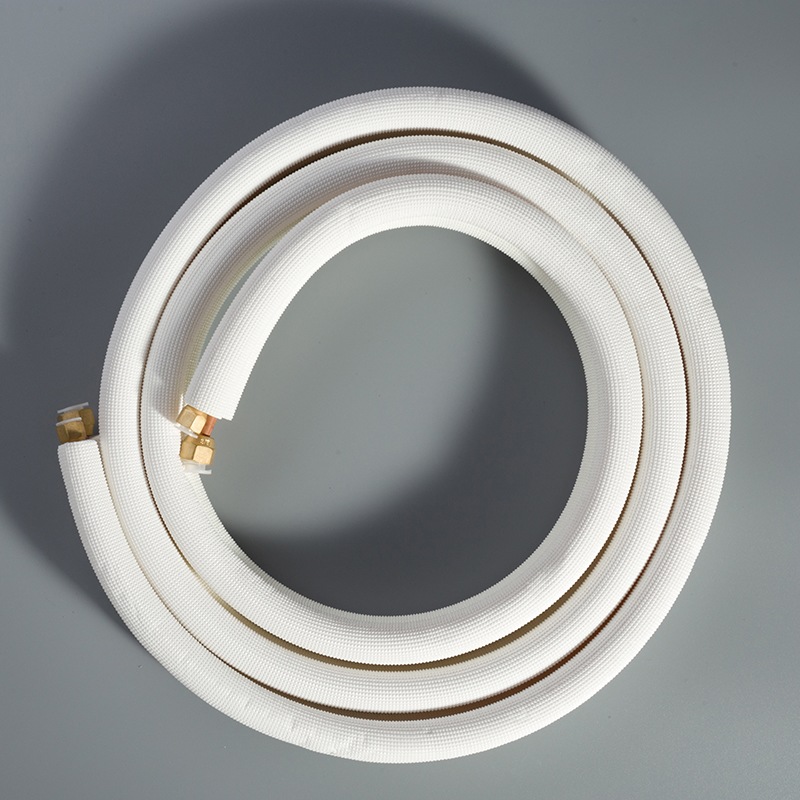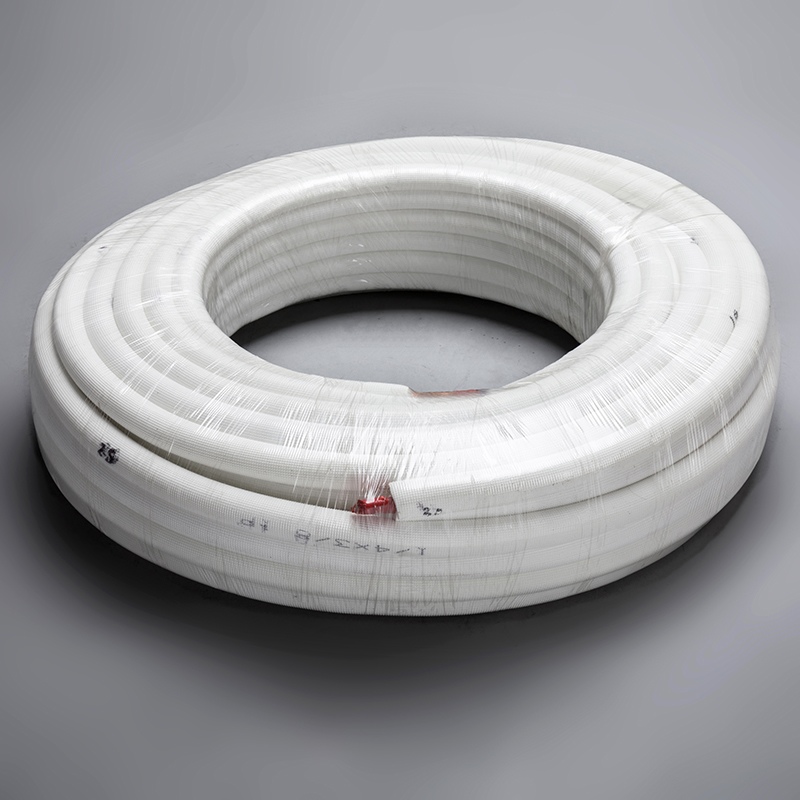How to Fix Common Compression Fitting Issues on Copper Pipes

When considering plumbing systems, compression fittings play a crucial role due to their convenience and ease of use. Despite their advantages, issues can arise with compression fittings on copper pipes, leading to leaks and inefficiencies. This Analysis blog post aims to address these common issues and provide practical solutions for individuals facing such challenges in their plumbing systems.
Identifying Common Compression Fitting Issues

When dealing with common issues and solutions with compression fittings on copper pipes, it is crucial to first identify the specific problems that may arise. By recognizing these issues early on, individuals can take the necessary steps to address them effectively.
Leaks at the Compression Fitting
Symptoms of a Leaky Compression Fitting
Dripping water around the connection point
Visible water stains or puddles near the fitting
Decreased water pressure in the affected area
Initial Checks to Diagnose the Leak
Inspect the compression nut for any visible signs of water seepage.
Use a dry cloth to wipe the area clean and check for moisture.
Gently tighten the compression nut to see if it stops the leak temporarily.
Loose Fittings
Signs of a Loose Compression Fitting
Slight movement or play in the connection
Rattling or vibrating noises when water flows through the pipe
Gradual increase in leaks over time
Common Causes of Loose Fittings
Inadequate initial tightening during installation
Vibrations from nearby machinery causing loosening over time
Thermal expansion and contraction affecting joint stability
Cracked or Damaged Fittings
Identifying Cracks or Damage
Visible cracks along the body of the fitting
Water spraying out from hairline fractures
Corrosion or rust spots indicating structural weakness
Potential Causes of Damage
Excessive pressure within the plumbing system leading to stress fractures
Physical impact or accidental damage during maintenance work
Exposure to corrosive chemicals compromising fitting integrity
Causes of Compression Fitting Issues
Improper Installation
Compression fitting issues often stem from improper installation procedures. When dealing with compression fittings on copper pipes, two primary factors contribute to these problems: incorrect tightening and misalignment of pipes.
Incorrect Tightening: One of the leading causes of compression fitting failures is the improper tightening of the components. When the compression nut is not adequately tightened, it can result in leaks and inefficiencies within the plumbing system.
Misalignment of Pipes: Another critical aspect of installation is ensuring proper alignment between pipes. Misaligned pipes can lead to undue stress on the fittings, causing them to loosen over time and potentially result in leaks.
Wear and Tear Over Time
Over time, compression fittings are subject to wear and tear, which can compromise their effectiveness. This degradation primarily occurs due to natural degradation of materials and various environmental factors.
Natural Degradation of Materials: The materials used in compression fittings may degrade naturally over an extended period, especially when exposed to water or other elements. This degradation can weaken the fittings, making them more susceptible to leaks and failures.
Environmental Factors: External factors such as temperature fluctuations, humidity levels, and exposure to chemicals can accelerate the deterioration of compression fittings. These environmental influences can impact the structural integrity of the fittings, leading to potential issues within the plumbing system.
Use of Incompatible Materials
The use of incompatible materials in compression fitting installations poses a significant risk to their functionality. This issue often arises from mismatched pipe and fitting materials or a lack of consideration for the quality of compression fittings.
Mismatched Pipe and Fitting Materials: When different types of materials are used for pipes and fittings, compatibility issues may arise. Mismatched materials can lead to corrosion, leaks, and overall system inefficiencies.
Quality of Compression Fittings: Choosing high-quality compression fittings is essential for long-term performance. Low-quality fittings are more prone to failure due to material weaknesses or manufacturing defects.
Step-by-Step Solutions to Fix Compression Fitting Issues

Fixing Leaks
To address leaks in compression fittings, individuals can follow a systematic approach to resolve the issue effectively.
Tightening the Compression Nut
Start by turning off the main shutoff valve to stop the water supply.
Carefully inspect the compression nut for any visible signs of leakage.
Using a wrench, gently tighten the compression nut in small increments until snug.
Avoid over-tightening, as it may lead to new problems with soft copper pipes.
Once tightened, turn on the water supply and check for any remaining leaks.
Replacing the Compression Ring
If tightening the compression nut does not resolve the leak, consider replacing the compression ring.
Turn off the water supply and detach the compression nut from the fitting.
Remove the old compression ring carefully without damaging the pipe or fitting.
Install a new compression ring onto the pipe, ensuring it sits securely in place.
Reattach and tighten the compression nut, then turn on the water supply to test for leaks.
Securing Loose Fittings
Loose fittings can lead to inefficiencies in plumbing systems; therefore, it is essential to secure them promptly.
Properly Aligning the Pipes
Check for any misalignment between pipes connected by compression fittings.
Adjust and align the pipes properly to ensure a straight connection without stress on the fittings.
Secure any supporting brackets or clips to maintain alignment over time.
Ensuring Correct Tightening
Verify that all compression nuts are adequately tightened along their respective fittings.
Use a wrench to adjust any loose nuts until they are snug against both pipe ends.
Avoid excessive force when tightening to prevent damage or distortion of components.
Replacing Damaged Fittings
When facing damaged fittings, replacing them is often necessary to maintain system integrity.
Removing the Old Fitting
Turn off the water supply and release any residual pressure within the system.
Loosen and remove the damaged fitting using appropriate tools such as wrenches or pliers.
Clean and inspect surrounding pipes for any signs of damage or corrosion.
Installing a New Compression Fitting
Select a high-quality replacement fitting suitable for copper pipes.
Slide a new compression ring onto one end of the pipe before connecting it with other components.
Securely attach and tighten all parts of the new fitting according to manufacturer guidelines.
Preventative Measures
Regular Maintenance
Periodic Inspections
Conduct regular inspections of compression fittings on copper pipes to detect any signs of wear or damage early.
Look for visible leaks, corrosion, or loose connections during inspections to prevent potential issues.
Timely Replacements
Schedule timely replacements of compression fittings based on manufacturer recommendations or at the first sign of deterioration.
Replace any fittings showing signs of wear, cracks, or reduced effectiveness promptly to maintain system integrity.
Proper Installation Techniques
Following Manufacturer Guidelines
Adhere strictly to the manufacturer's guidelines when installing compression fittings on copper pipes.
Ensure proper sizing, alignment, and tightening as recommended by the manufacturer for optimal performance.
Using Appropriate Tools
Utilize appropriate tools such as wrenches, pliers, and pipe cutters for precise installation and maintenance.
Avoid using makeshift tools that may damage fittings or compromise their functionality over time.
Choosing Quality Materials
Selecting High-Quality Fittings
Prioritize the selection of high-quality fittings from reputable manufacturers for durability and reliability.
Opt for fittings with robust construction and reliable seals to minimize the risk of leaks or failures.
Ensuring Compatibility with Copper Pipes
Verify the compatibility of compression fittings with copper pipes before installation to prevent material mismatch issues.
Check the specifications of both the fitting and pipe materials to ensure they are suitable for long-term use without compatibility concerns.
Recapping the encountered common issues with compression fittings on copper pipes reveals practical solutions for individuals. Emphasizing the significance of proper installation and regular maintenance ensures efficient plumbing systems. Seeking professional assistance when faced with complex issues is advisable. For further guidance or support, explore additional resources or contact professionals to address any lingering concerns promptly. Remember, a well-maintained plumbing system guarantees long-term functionality and peace of mind.
See Also
Simple Guide for Installing Compression Fittings on Bent Copper Pipes
Key Pointers for Using 1/4 Copper Pipe Fittings
Quick Fix Guide for Copper Pipe Leaks


